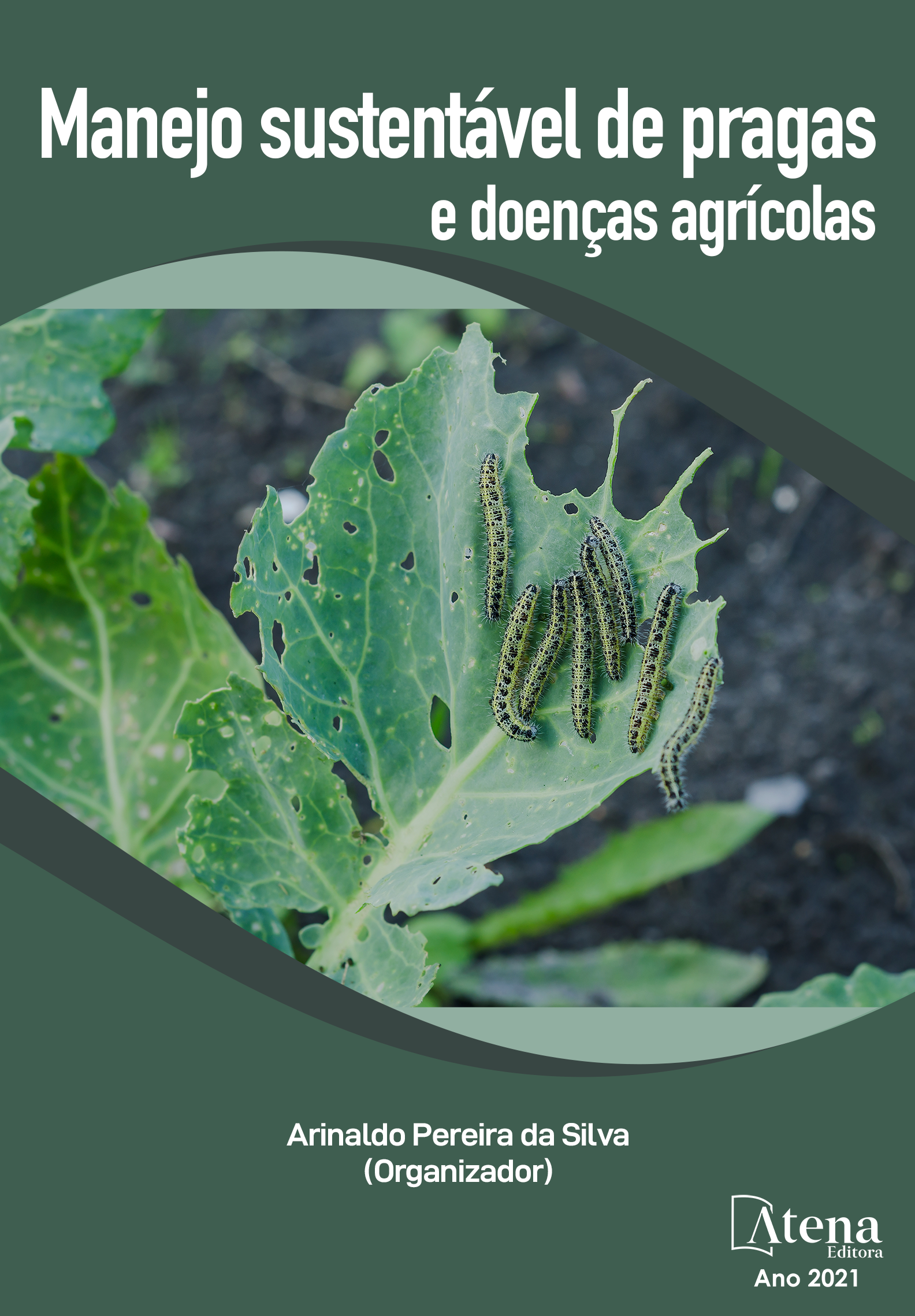
ROTAÇÃO DE CULTURAS: UMA ESTRATÉGIA PARA O AUMENTO DA PRODUTIVIDADE
A produção de alimentos é dependente do setor agrícola, e com o aumento da população acarretou no aumento da demanda de alimentos, e para suprir essa demanda, há a necessidade da utilização de diversas práticas agrícolas que possibilitem o aumento da produtividade da cultura, e uma delas é a rotação de culturas. Essa prática vem sendo adotada mais entre meados do século XX devido aos problemas enfrentados nos sistemas de produção, pois a rotação de culturas melhora a qualidade física, química e biológica do solo, e também possui grande fator na conservação do solo e na construção do perfil do solo. A rotação de culturas pode ser realizada nos diferentes sistemas com intuitos diferentes, e os benefícios são muitos, favorecendo a cultura se desenvolver em uma condição mais propícia para obter maiores produtividades. Aliado aos benefícios visíveis ao implantar a rotação de culturas, há os benefícios que serão observados nas próximas culturas, devido as melhorias do solo e do ambiente ao redor, que afetará positivamente a fertilidade do solo, e os controles de pragas, doenças e plantas daninhas. Somando todos os aspectos que serão afetados, a utilização dessa prática, tem grandes chances de aumentar a produtividade da cultura, atrelado a conservação do solo e a busca de maiores produções no setor agrícola, sendo assim, uma estratégia para alcançar maiores produtividades.
ROTAÇÃO DE CULTURAS: UMA ESTRATÉGIA PARA O AUMENTO DA PRODUTIVIDADE
-
DOI: 10.22533/at.ed.4052109087
-
Palavras-chave: Sistema de produção; Plantio direto; Produção; Alimentos.
-
Keywords: Production System; No-tillage; Production; Foods.
-
Abstract:
The production of food is dependent on the agricultural sector, and with the increase in the population it has resulted in an increase in the demand for food, and to supply this demand, there is a need to use various agricultural practices that make it possible to increase the productivity of the crop, and a of them is crop rotation. This practice has been adopted more between the mid-twentieth century due to the problems faced in production systems, as crop rotation improves the physical, chemical and biological quality of the soil, and also has a major factor in soil conservation and profile construction from soil. Crop rotation can be carried out in different systems for different purposes, and the benefits are many, favoring the culture to develop in a more favorable condition to obtain greater productivity. In addition to the visible benefits of implementing crop rotation, there are benefits that will be seen in the next crops, due to improvements in the soil and the surrounding environment, which will positively affect soil fertility, and the control of pests, diseases and weeds. Adding all the aspects that will be affected, the use of this practice has great chances of increasing crop productivity, linked to soil conservation and the search for greater production in the agricultural sector, thus being a strategy to achieve greater productivity.
-
Número de páginas: 14
- LETÍCIA DO SOCORRO CUNHA
- JULIANO CORDEIRO
- Belmiro Saburo Shimada


